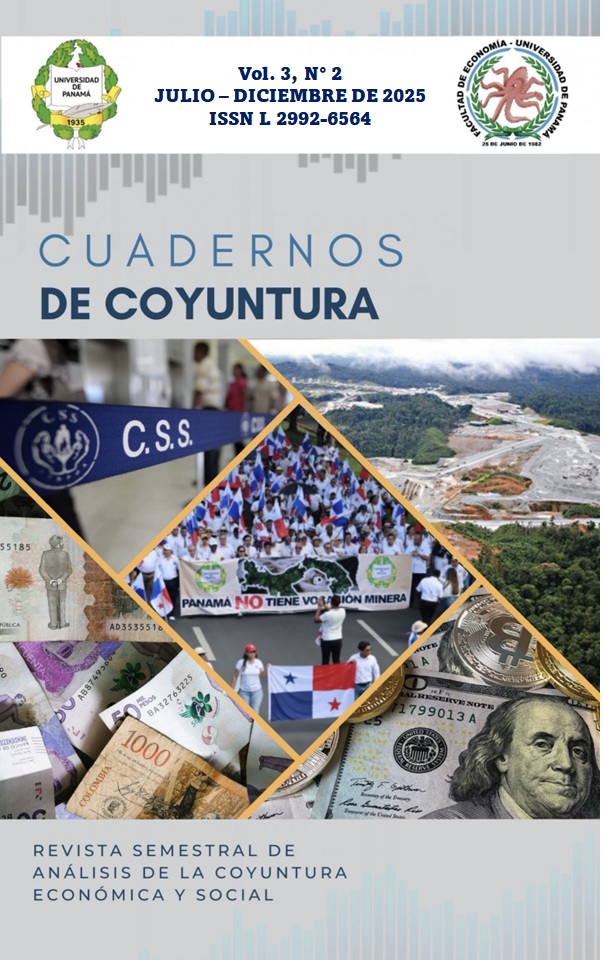

On August 15, 2014, the world celebrated 100 years of efficient and uninterrupted operation of the pharaonic engineering feat better known as the Panama Canal. Today, eleven years later, we highlight some economic data in the context of the Canal's centennial to gauge the importance of the works constructed along the interoceanic route. Thus, in this brief article, we attempt to compile contributions from nine professors from the Faculty of Economics at the University of Panama on the Panama Canal. Many of the Panama Canal's founders, including foreigners rather than native Isthmus residents, are the architects of ideas, plans, and concrete physical works. I believe it is only fair to recognize the merits of all those who have positively contributed, including those from outside the Isthmus.
Truly, the concept of the "Panama Canal" is more than a single engineering structure; it is an enormous, multifaceted interoceanic logistics complex, with varied scope at the global, regional, and, of course, national levels. Aside from the logical contexts of maritime transport and global trade, this complex today encompasses the following: land and air transportation, production, movement and storage of goods, international banking and finance, and other activities.
Regarding the Panama Canal, there is more than a century of history to review, for Panama, the United States, and the world. Simply discussing politics, economics, and technology would lead us to extensive topics. Rather than the Canal itself, regarding Panama and the related treaties, we would spend annotating and explaining extensive stories of results, progress, and problems. Almost all of our isthmus history revolves around the interoceanic isthmus's geographical position, which is of enormous commercial-economic, geopolitical-military, and transcultural significance.